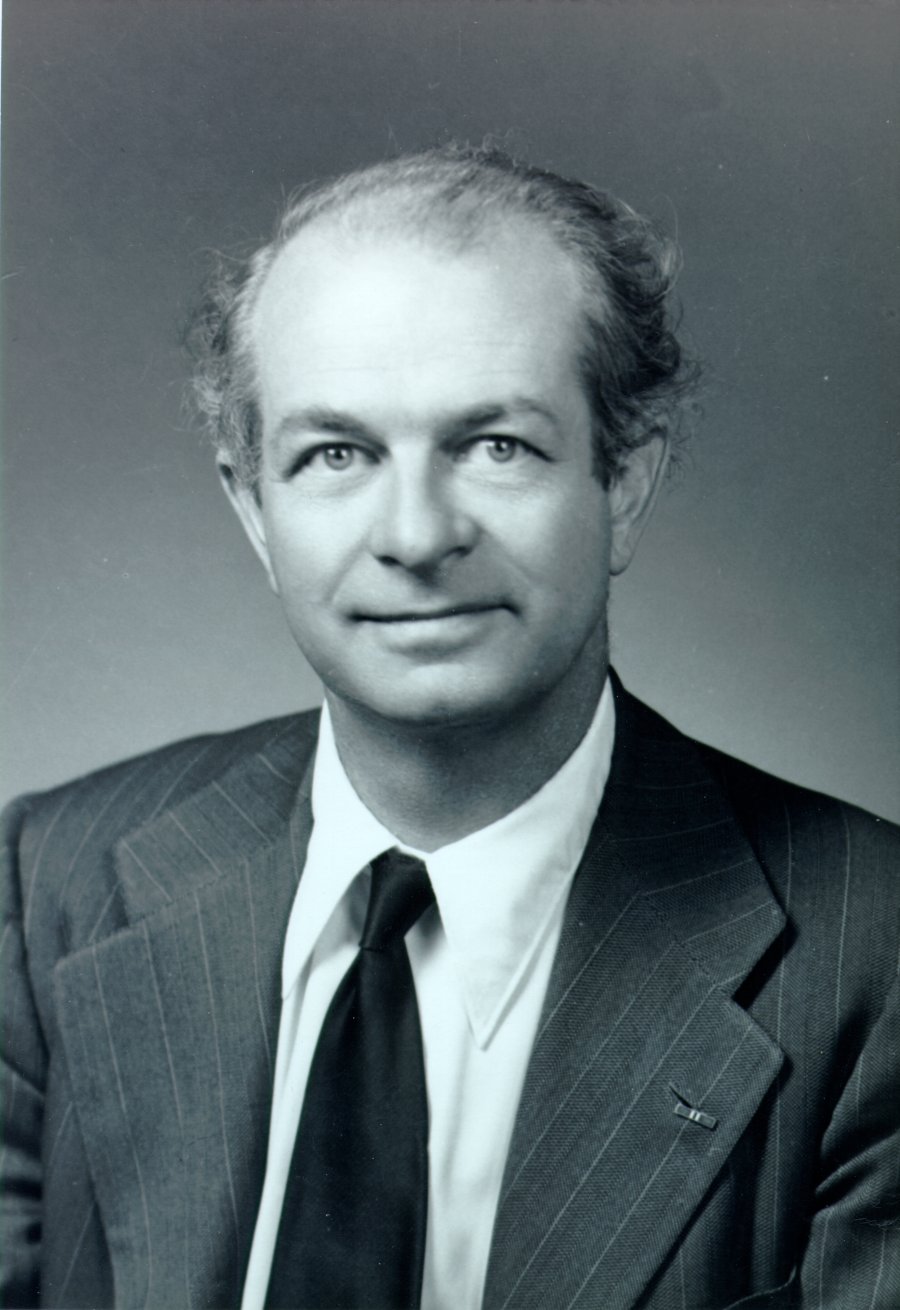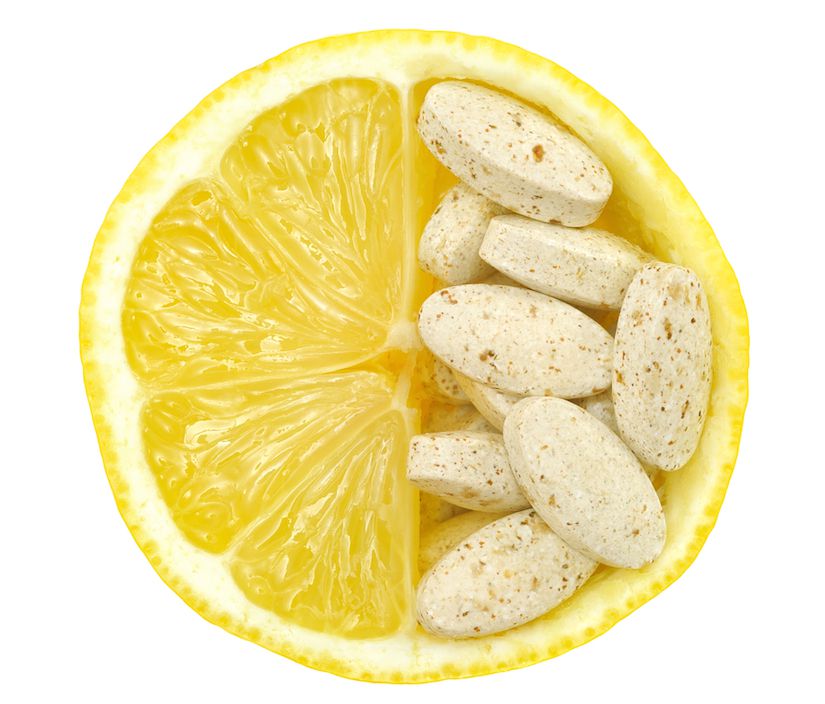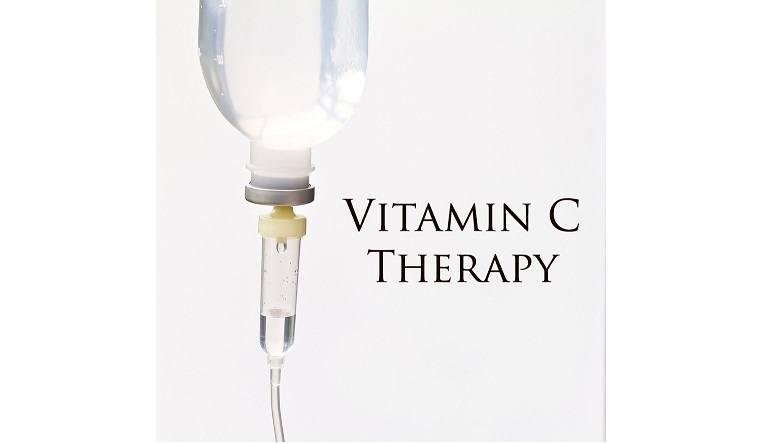At the Colorado Integrative Medical Center (
www.coloradomedicalcenter.com) in Denver, CO, we are starting to use a unique form of vitamin C therapy known as
pulsed intravenous vitamin C (PIVC) therapy. First and foremost, this therapy utilizes the principle that the more rapidly a given dose of any nutrient or medication is given, the higher the peak blood level of that substance will be. This very rapid delivery of vitamin C was first reported to be both safe and highly effective by Klenner (1971).
In acute barbiturate overdose Klenner gave as much as 42,000 mg of vitamin C "by vein as fast as a 20 gauge needle could carry the flow." This dose awoke the patient and began the reversal of the barbiturate toxicity without causing any side effects of note. Klenner safely administered
IV push vitamin C on multiple occasions, often on very critically ill patients, with great clinical success and no reported toxicity.
The concept of PIVC is to get acute blood levels of vitamin C as high as possible. By simple diffusion physiology, an acute doubling or tripling of the blood vitamin C levels will temporarily allow an acute doubling or tripling of the amount of vitamin C that normally diffuses into perfused tissues via the gradient that is present at the baseline concentration. The temporary blood levels achieved can be substantial.
If Casciari et al. can get a certain high blood level from infusing 60,000 mg of vitamin C over 80 minutes, then an IV push of 20,000 mg of vitamin C over 2 minutes can be expected to temporarily increase the peak blood concentration by 10-fold or more over the rapid intravenous infusion. This amount has already been administered safely on multiple occasions.
A physiological effect of such a rapid administration of vitamin C
appears to occasionally induce an acute hypoglycemia. Sylvest (1942) found that a majority of people given intravenous vitamin C showed a clear lowering of blood sugar. This effect is possibly due to a significant reflex release of insulin from the pancreas. Such a conclusion is directly supported by the work of Cheng et al. (1989), who found that vitamin C injected into rats "produced a dose-dependent and marked hypoglycaemic effect after intravenous injection." They also found that
the hypoglycemic effect was maximal at five minutes after injection, coinciding with an increase in the plasma insulin concentration. Vitamin C is a very similar molecule to glucose, and a rapid spike of vitamin C released into the blood likely can induce the same reflex insulin spike that is seen in a glucose tolerance test, where a large dose of glucose is given to evaluate how quickly and effectively one can restore glucose levels to normal by inducing insulin release. Clinically, this hypoglycemic effect has been the most notable in patients who are ingesting little food and drink, and in those patients who are generally sickest, as in advanced neurological conditions. In such patients just an infusion of vitamin C can cause hypoglycemia as well, not requiring the rapid IV push.
Such patients may need a bolus of 50% glucose to rapidly reverse the low blood sugar, as it has been noted to occur even when the carrier IV fluid is 5% dextrose (sugar) in water. However, the IV push does seem to more reliably cause the hypoglycemic symptoms, which fits with the animal literature cited above.
This vitamin C-induced hypoglycemia should prove to be a very desirable effect clinically, however. Severe hypoglycemia has already been safely and deliberately induced in a protocol that has been in existence for over 70 years now. Known as insulin potentiation therapy (
www.iptq.org), intravenous insulin (roughly 20 to 40 units) is given rapidly to induce hypoglycemia. As hypoglycemia becomes manifest, minidoses of cancer chemotherapeutic agents are administered. Such small doses, in the presence of insulin-induced hypoglycemia, appear to be facilitated in their transport across the cell membrane pathways such that the drugs reach killing concentrations inside cancer cells at much lower dosage levels. Traditional chemotherapy can often be given without causing the otherwise inevitable loss of hair seen with the much larger doses.
Vitamin C and glucose actually directly compete with each other for insulin-mediated transport into the various cells of the body (Washko et al., 1991; Cunningham, 1998). Increased intracellular access should prove to be a major leap forward in the effective treatment of most diseases already known to be responsive to vitamin C, and in likely quite a few more diseases that just need more effective dosing of vitamin C to show a positive response. Proprietary protocols being developed at the Colorado Integrative Medical Center are using such "Vitamin C-Enabled Intracellular Nutrition" (VEIN) methodologies.
A side effect associated with high doses of vitamin C, along with other nutrients given intravenously, and sometimes associated with concomitant hyperbaric oxygen therapy, has been noted at our facility. On three occasions
patients have complained of bilateral mid-back discomfort. When this has been reported, further intravenous nutrients are discontinued, oral hydration and intravenous hydration are initiated, and oral or intravenous furosemide is given. This has resolved the discomfort in all circumstances. No associated abnormal laboratory findings have been seen to result.
It is hypothesized that when the solute load gets high enough in the blood perfusing the kidney, a dehydrating effect is acutely inflicted on the kidney cells, causing the pain/discomfort reflex. Neglected, more serious complications could occur. However, the regimen just outlined takes care of such situations fairly promptly. Furthermore, such a side effect can actually give the health care practitioner a practical point beyond which further intravenous nutrition should not be pushed acutely.
Board Certified Cardiologist and Vitamin C Expert | Dr. Thomas E Levy

www.peakenergy.com





